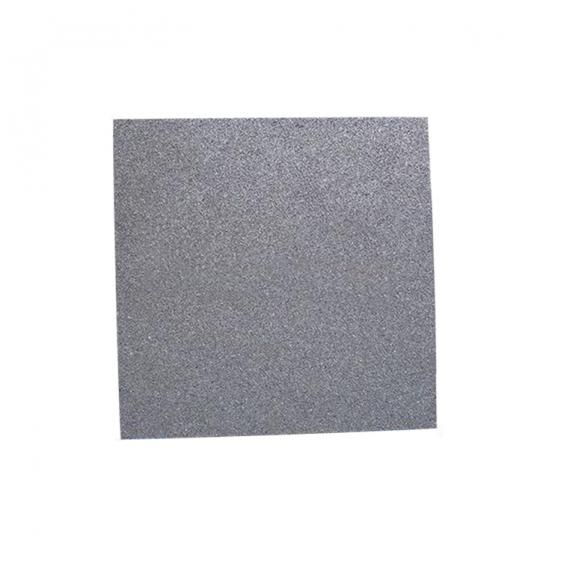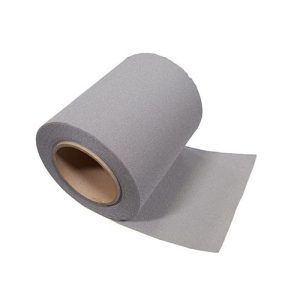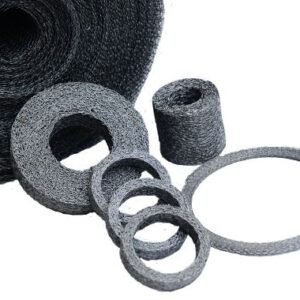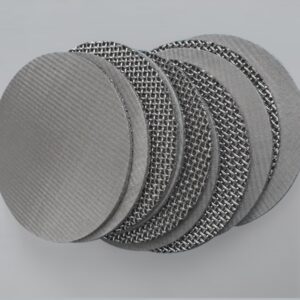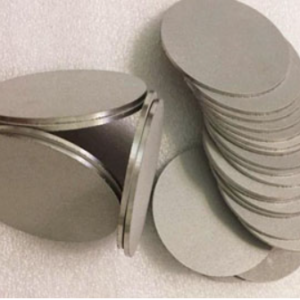Stainless Steel 316 Foam Description
The metal material containing the foamed pores has a higher porosity and a larger pore size of up to 10 mm than the generally sintered porous metal. Since the metal foam is a two-phase composite composed of a continuous phase of a metal matrix skeleton and a dispersed phase of a pore or a continuous phase, its properties depend on the metal matrix used, the porosity and the pore structure, and are affected by the preparation process.
Generally, the mechanical properties of foamed metal decrease with increasing porosity, and the electrical conductivity and thermal conductivity decrease exponentially. When the metal foam is subjected to pressure, the foamed metal has excellent impact energy absorption characteristics due to an increase in the area of the force caused by the collapse of the pores and the strain hardening effect of the material.
Foamed stainless steel 316 are light in weight, with sound absorption, heat insulation, vibration damping, and shock absorption.
Stainless Steel 316 Foam Specification
| Thickness | 0.3mm-10mm |
| Length | 50mm-1000mm |
| Width | 10mm- 300mm |
| Pore Size | 50 μm (average) |
| Density | 5 g/cm3 (average) |
| Gas permeability | (6-10)* 10-4 (L/min.cm2.kpa ) |
| Bubbling pressure | 3000-3700 Pa (0.43-0.55 PSI) |
Stainless Steel 316 Foam Applications
– Floor-damping material
– Filter material
– Decorative material
– High-grade packing material
– Structural material
Stainless steel foam is a novel multifunctional material with the following characteristics and applications:
- High Porosity and Lightweight: Stainless steel foam has a porosity of over 90%, offering a unique porous structure that makes it lightweight yet maintains structural strength.
- Good Mechanical Properties: Despite its high porosity, it still exhibits good mechanical strength and stiffness, suitable for bearing certain loads.
- Excellent Corrosion and High-Temperature Resistance: As a form of stainless steel, it inherits corrosion resistance and high-temperature tolerance, making it suitable for harsh chemical and thermal environments.
- Thermal and Acoustic Management: Its porous structure is advantageous in thermal management (like insulation and heat exchangers) and acoustic management (such as sound absorption).
- Filtration and Separation Technology: Its high porosity and controllable pore size make stainless steel foam an ideal filtering material, effectively separating solid particles, liquids, and gases.
- Catalyst Carrier: The porous structure provides a large surface area, making it suitable as a catalyst carrier for various chemical reactions.
- Energy Absorption and Energy Storage Applications: In safety and protection fields, stainless steel foam is used for buffering materials due to its energy absorption properties. Additionally, it shows potential applications in batteries and other energy storage systems.
These features make stainless steel foam widely applicable in aerospace, automotive manufacturing, energy, environmental protection, and chemical industries. With advances in manufacturing technology and cost reduction, its significance in industrial and commercial applications is expected to grow.

